The breathtaking flight and hunting prowess of falcons, a fascinating group of prey birds, have enthralled academics and amateurs alike. The American Kestrel, Peregrine Falcon, Prairie Falcon, and Merlin are among the falcon species that may be found in California. This page seeks to provide a thorough review of all of these species.
We will examine their habitat preferences, behavior, and conservation status via an unbiased and scientific viewpoint. Come along on this educational excursion as we investigate the amazing world of California’s falcons.
Key Points:
Threats to California’s falcons include pesticide-related declines and the disappearance of appropriate nesting places.
California is working to conserve falcons by outlawing dangerous substances, creating and maintaining appropriate habitats, and educating people about different falcon species.
California’s peregrine falcons are well-known for their incredible speed and have profited from prosperous captive breeding initiatives.
Urban areas are becoming home to many falcons, such as the Merlin, which emphasizes the need to control human disruptions and protect open grasslands.
List of Falcons in California
American Kestrel
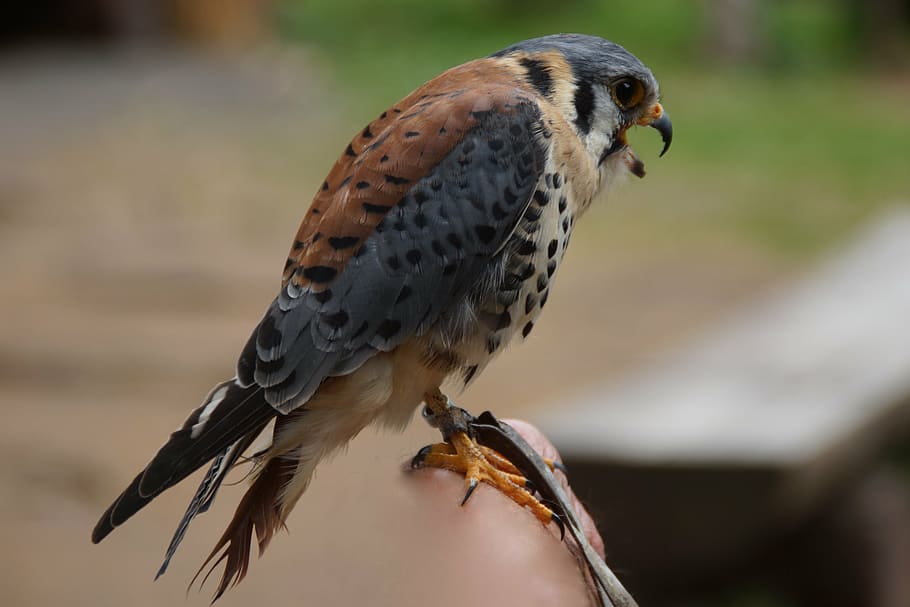
- Scientific name: Falco sparverius
- Lifespan: About 5-10 years
- Size: Small falcon; around 8-12 inches (20-30 cm) in length, a wingspan of 20-24 inches (51-61 cm)
- Origin: Native to North and South America, often found in a variety of habitats including open fields and grasslands.
The American Kestrel is a fascinating animal to research and watch in the field because of its extraordinary plumage and distinctive hunting strategies. Falco sparverius, another name for this little falcon, is indigenous to North and South America.
The American Kestrel’s breeding habits are among its most fascinating features. It has reverse sexual size dimorphism, in which females are bigger and more colorful than males, in contrast to most other birds. This is thought to help them draw in partners and protect their nests.
Regarding conservation initiatives, the American Kestrel encounters a number of obstacles. Population declines have been attributed to pesticide usage and the loss of appropriate nesting places. Researchers and organizations are trying to raise awareness about the significance of this lovely species while also establishing and conserving appropriate habitats.
Peregrine Falcon
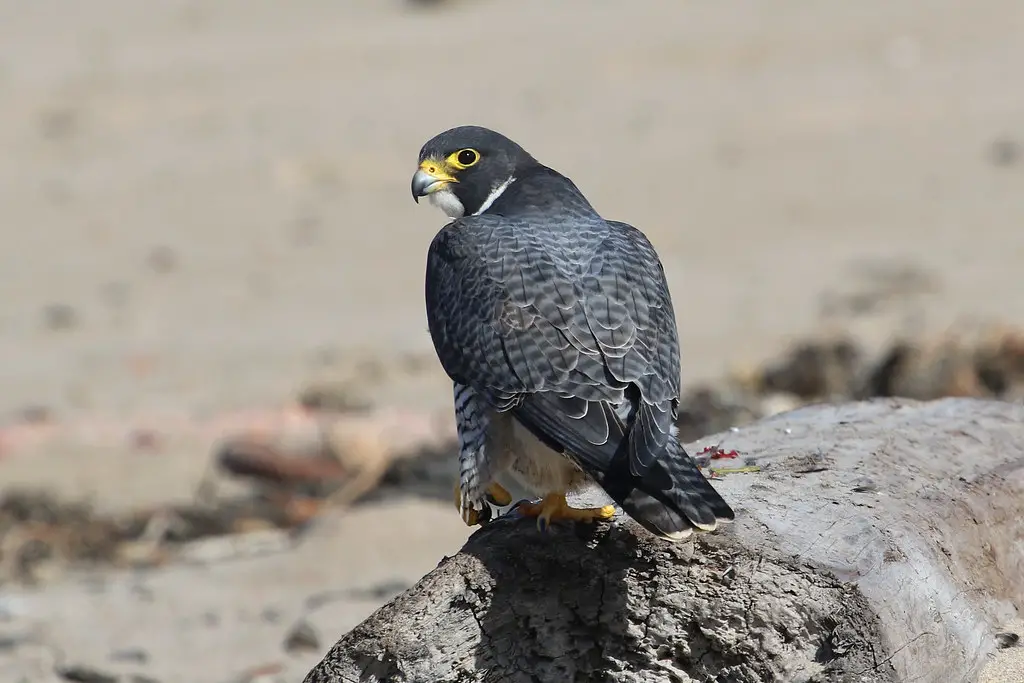
- Scientific name: Falco peregrinus
- Lifespan: Typically 8-15 years
- Size: Medium-sized falcon; approximately 13-20 inches (33-51 cm) in length, wingspan of 2.5-3.5 feet (76-107 cm)
- Origin: Found worldwide, often residing in a wide range of habitats including coastal cliffs and urban areas.
The amazing speed of the Peregrine Falcon—which it can attain up to 240 miles per hour during its hunting dives—is one of its most notable traits. The falcon’s extraordinary speed allows it to quickly seize its prey, making it a very effective predator.
Nevertheless, the Peregrine Falcon has had several conservation difficulties in spite of its exceptional hunting skills. The extensive use of pesticides, especially DDT, which caused the thinning of the eggshells, contributed to the species’ catastrophic fall in the middle of the 20th century.
Since then, efforts to save the environment have concentrated on outlawing the use of these dangerous chemicals and giving falcons appropriate places to nest. Furthermore, the Peregrine Falcon has been successfully reintroduced to regions where it had gone locally extinct thanks to captive breeding efforts.
The species has recovered thanks in large part to these conservation measures, guaranteeing its existence for the next generations.
Prairie Falcon
The Prairie Falcon is just as skilled at seeking and catching its prey on California’s wide plains as the Peregrine Falcon, despite its smaller stature. Throughout the western United States, the Prairie Falcon, also called Falco mexicanus, is a medium-sized raptor that lives in open grasslands, deserts, and shrublands. Small to medium-sized birds, mammals, and reptiles make up the majority of its food.
The preservation of habitat is essential to the Prairie Falcon’s conservation efforts. The California prairies need to be preserved since human activity is intruding more and more into their natural area. This entails controlling invasive species, protecting open grasslands, and guaranteeing the availability of appropriate nesting locations.
Reducing human disturbances like noise and habitat fragmentation, which might interfere with falcons’ ability to reproduce and forage, should be another priority of conservation efforts. By putting these precautions in place, we may contribute to the Prairie Falcon’s continuous existence and the preservation of the fragile ecological balance in California.
Merlin

- Scientific name: Falco columbarius
- Lifespan: Around 5-10 years
- Size: Small falcon; roughly 9-11 inches (23-28 cm) in length, wingspan of 20-26 inches (51-66 cm)
- Origin: Native to North America, Europe, and Asia, often inhabiting open landscapes.
A tiny species of falcon found across North America, including California, is the Merlin (Falco columbarius). It is a fierce predator with great speed and agility despite its tiny size.
It is known that merlins may be found in a variety of environments, including as meadows, woodlands, and even cities. Due to their adaptation to hunting smaller birds and rodents, merlins have become more common in urban settings in recent years.
Californian falconers who have been considering the possibility of using Merlins for falconry are intrigued by this. Because of its modest stature and versatility, the Merlin is a great choice for falconry in California, providing falconers with a rare chance to engage with this interesting and adaptable animal.
Commonly Asked Questions
What Is The Number of Falcon Species in California?
California is home to many kinds of falcons. Ongoing research is being done to preserve and study these amazing birds in their native environment in order to better understand their nesting behaviors and guarantee their survival.
What Is a Peregrine Falcon’s Average Wingspan?
A peregrine falcon’s typical wingspan is between 3.3 and 3.6 feet. The great speed and agility of this type of falcon in flight is attributed to its large wingspan.
Is There a Winter Migration by American Kestrels?
One species of falcon that is known to migrate in the winter is the American kestrel. They are lone hunters, but they don’t go in groups. An American kestrel may live for five to ten years on average.
In California, Are Prairie Falcons More Often Found in Rural or Urban Areas?
In California, prairie falcons are a common species of falcon that may be found in both rural and urban regions. Studying the dispersal of falcons in urban environments is crucial to understanding the dynamics of the state’s falcon population.
What Makes a Merlin’s Diet Different From That of Other Falcon Species?
The penchant of a Merlin for tiny birds, such as finches and sparrows, sets it apart from other species of falcons in terms of food. The entire variety of falcon species and their ecological functions is enhanced by this nutritional diversity.
Are Eagles Frequently Seen in the Same Californian Areas as Falcons?
Indeed, it is usual to see eagles in California, especially in places where falcons are also present. For both birdwatchers and nature lovers, seeing these magnificent raptors fly through the sky or poised in the trees is an exhilarating experience. Californian eagle sightings are a remarkable natural phenomenon.
Which Predatory Birds in California Are Frequently Mistook for Hummingbirds?
In California, merlins and American kestrels are two predatory birds that are often mistaken for hummingbirds. These little raptors are difficult to distinguish from regular California hummingbirds because of their similar size and quick flying.
Final Thoughts
A number of falcon species, including the American Kestrel, Peregrine Falcon, Prairie Falcon, and Merlin, may be found in California.
These raptors have significant ecological functions and support the state’s ecological equilibrium.
It is essential to research and comprehend these falcons in order to preserve California’s biodiversity as well as their protection.
For these falcon species to survive over the long run, further investigation and conservation measures are required.

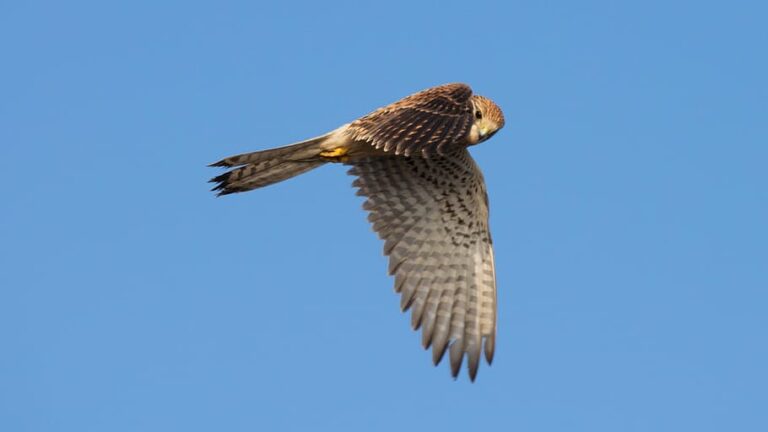
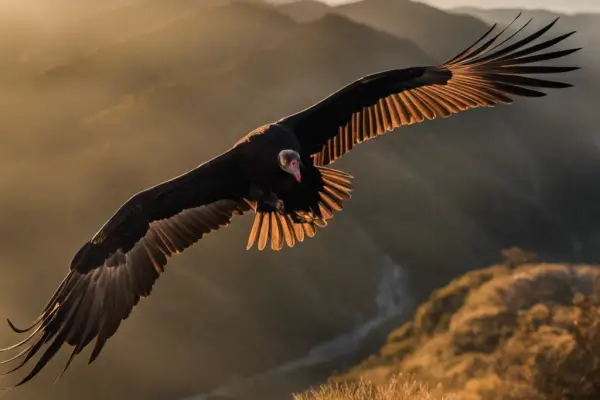
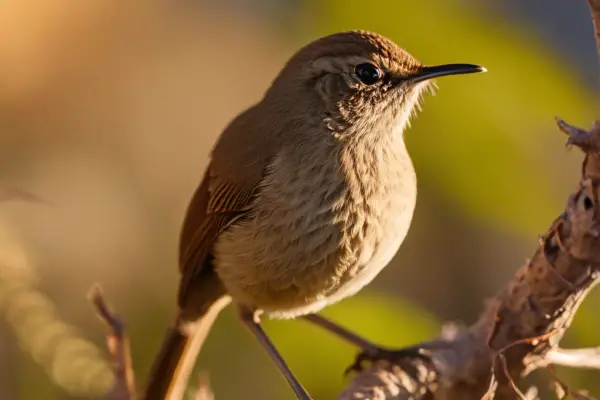
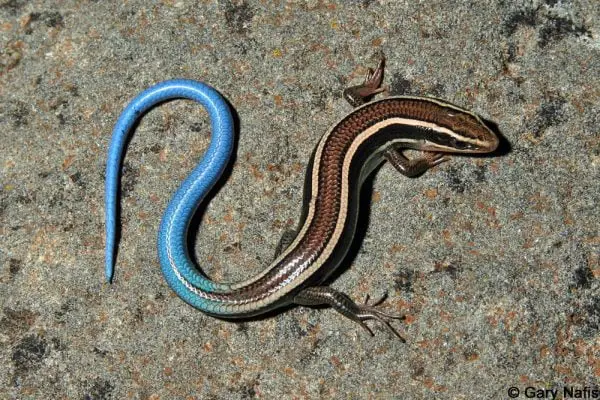
very interesting info ! .